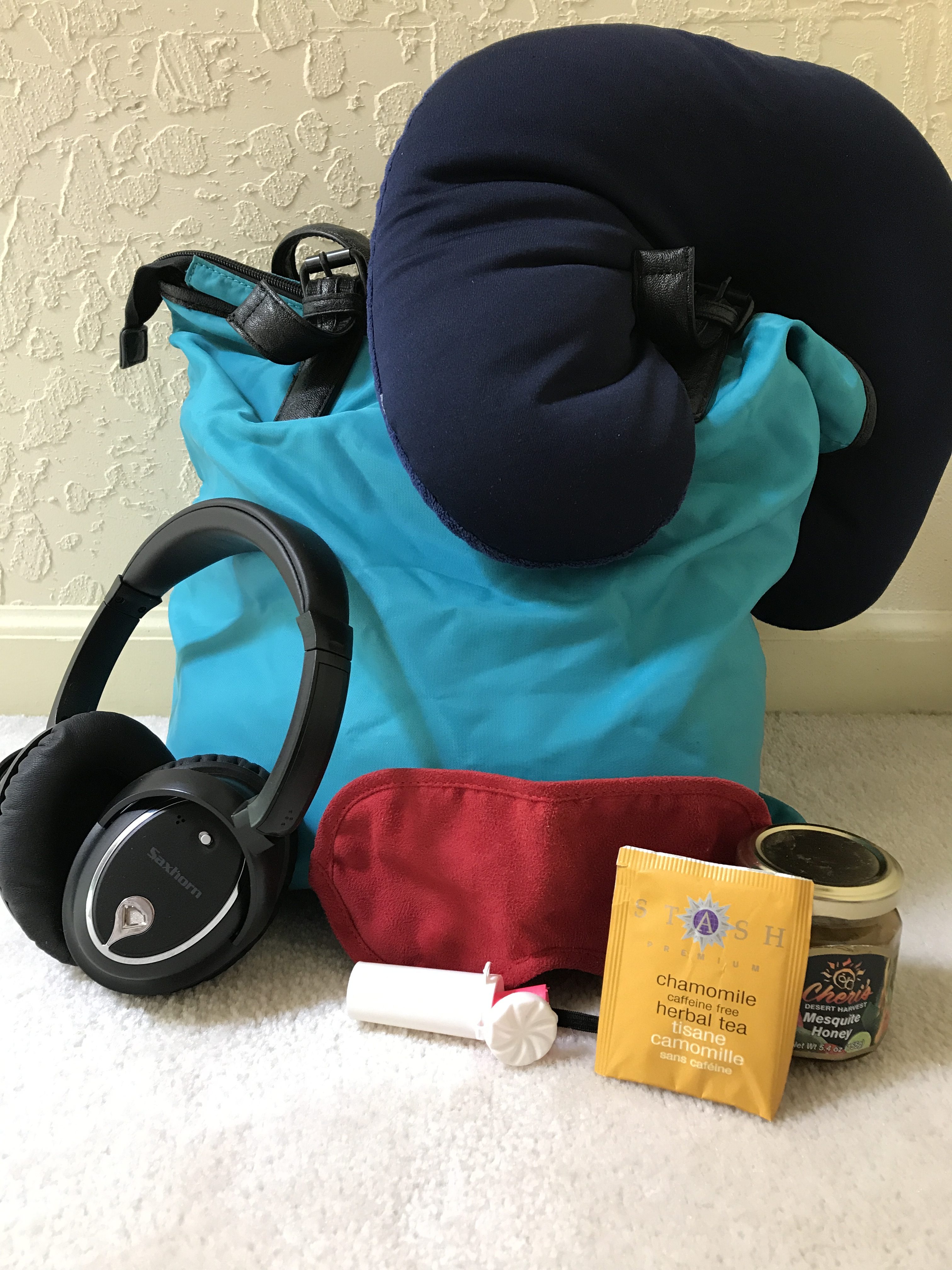Summertime Means Travel - Reduce Jet Lag with These Simple Tricks
Understand jet lag's causes and discover effective strategies to reduce its impact, ensuring a smoother travel experience across time zones.

Most people who travel are way too familiar with jet lag, the general fatigue and disorientation when landing from a long flight. With jet lag, your body is basically confused. Your mind, reflexes, psyche, appetite, and digestive system, are still in your former time zone. The more time zones you cross, the greater the symptoms, the longer it takes you to reduce jet lag once it occurs. If you are older, under a lot of stress, or traveling east, you can experience even more problems.
Causes of Jet Lag
Jet lag is not just annoying; it can disrupt the immune system and make you more prone to infections. You can’t stop jet lag, its biological, but you can reduce jet lag. Jet lag, or desynchronosis, is caused by a disruption of your circadian rhythm, the medical name for your sleep/wake cycle controlled by 20,000 neurons in your brain.

Circadian rhythm is mostly programmed by light exposure, so the key to adjusting circadian rhythm is adjusting light, along with your habits that follow it. To ward off jet lag, it is not enough to set your watch ahead or behind to the time zone of your new destination when you board the airplane. You have to slowly change your light exposure, sleeping, and eating patterns.
Prepare Before You Travel to Reduce Jet Lag
You can begin a few days before you travel to habituate your body to your new location. If you are traveling east, go to bed earlier and get more light exposure in the morning. If you are traveling west, stay up later and enjoy more light in the late afternoon. Sunlight is best. Try for five hours of bright light to help adjust your body clock.
Since it may be difficult to capture natural light at the time you want it, companies have stepped in to fill this market niche. You can get special light goggles, hats, screens, light bulbs, and more to mimic sunlight. If you are uncertain about when to switch to a new light pattern, Web Blinds has a jet lag calculator to help. Just enter your travel itinerary, current location, and sleep pattern and the site will give you a light exposure chart to follow.
On the Flight

After preparing for jet lag at home, continue the preparations on the flight. When you are airborne, your choice to try to sleep or stay awake depends on your arrival time. If sleep is important, skip the meal, skip the alcohol (disrupts sleep), and drink water. Have your eyeshades and earphones in place and get as comfy as you can.
Some people use a favorite sleep-inducing medication, supplement, herb, or just honey and chamomile tea to help them sleep. Many travelers take a melatonin supplement. The melatonin hormone is naturally secreted by your pineal gland and is your body’s signal for darkness. This is the hormone that helps you fall asleep at home. But taking a melatonin supplement on a plane is not for everyone, especially those with epilepsy or on a blood thinner. Be sure to check with your doctor before using it.
Other travelers prefer taking prescription sleeping pills to help them sleep. These pharmaceuticals can help you fall asleep but they don’t adjust circadian rhythm or reduce jet lag. Because of their effect on the psyche, some countries have banned them. See the International Narcotics Control Board Website for a list of countries and the drugs they have banned.

Awake or asleep, the general airplane environment, with its low air pressure and humidity, can add to the headaches, fatigue, and digestion issues some people feel with jet lag. Some newer airplanes maintain a higher humidity and a cabin pressure mimicking 6,000 ft. in elevation rather than the high mountain air pressure found in older models.
In addition to choosing the right flight for your condition, don’t forget all the other things you can do to have a healthier flight experience. The better you feel and the more relaxed you are during the flight, the faster you will adjust when you arrive.
Once You Arrive
When you land continue a healthy routine and a light adjustment process, perhaps with sunglasses. In a 2006 study, passengers who wore sunglasses during the latter part of their flight. For a few hours when they arrived had less jet lag, although the current customs procedures may interfere.

Despite all your preparations, you may still feel some jet lag when you arrive. These are not the first things you want to do: rent a car or drive, try exotic foods, sleep most of the day, or give an important business presentation. For the first day or two be sure to eat a healthy diet, drink plenty of water, limit naps to 20 minutes and get some exercise.
Healthy habits can reduce jet lag and ward off disease. When you feel more chipper you can stop worrying about your circadian rhythm and enjoy the rest of your trip. That is, until you have to start planning for jet lag when you return.




